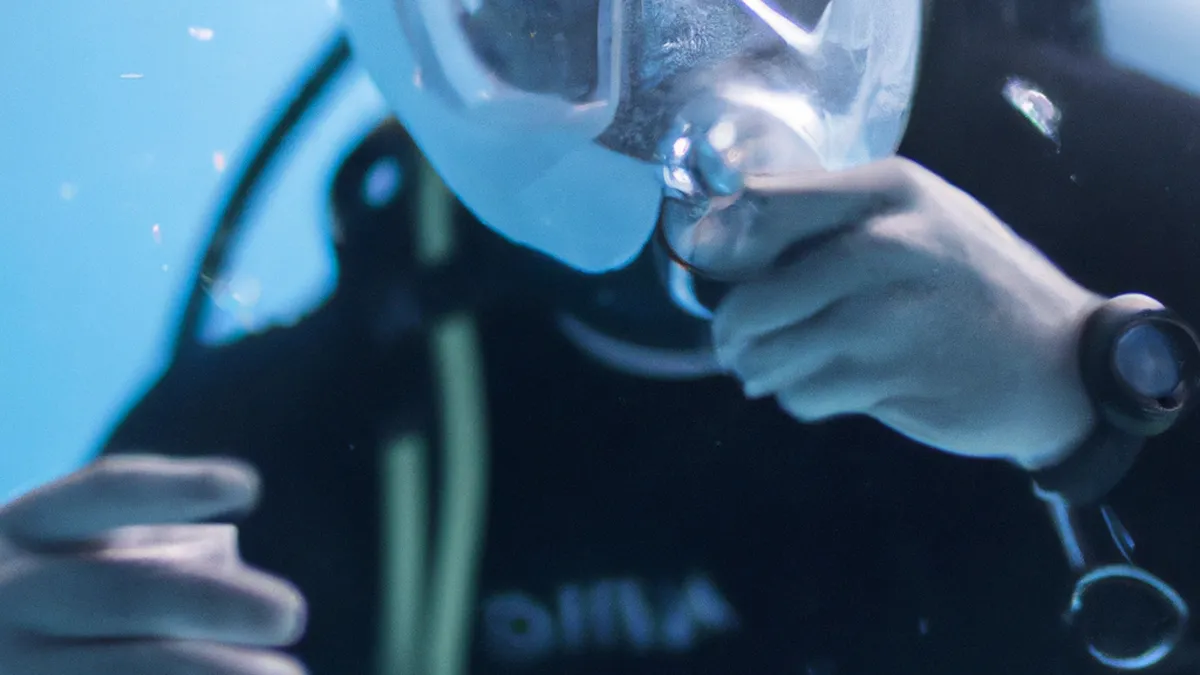Pressure Injuries: A Hidden Challenge
Understanding Pressure-Related InjuriesPressure-related injuries, also known as pressure ulcers, bedsores, or decubitus ulcers, pose significant health risks. If untreated, these injuries can lead to severe complications. They typically develop from prolonged pressure on the skin, which restricts blood flow and damages tissue. Healthcare providers, caregivers, and patients must understand causes, risk factors, prevention strategies, and treatment options.
What Causes Pressure-Related Injuries?
Pressure-related injuries mainly affect individuals with limited mobility. Patients in hospitals, nursing homes, or those confined to beds or wheelchairs face heightened risk. Sustained pressure primarily causes these injuries, damaging the skin and underlying tissues.
Mechanism of Injury
When pressure applies to the skin over bony areas like heels, elbows, or sacrum, blood vessels compress. Persistent pressure impedes blood flow and deprives tissues of oxygen and nutrients. This ischemia can cause cell death and ulcer formation. Moisture from sweat, friction from movement, and shear forces also increase the risk of pressure ulcers.
Risk Factors
As an Amazon Associate I earn from qualifying purchases.
Gear tip: consider stretching strap, yoga blocks, and mobility sliders to support this topic.
Several factors contribute to the development of pressure-related injuries:- **Reduced Mobility**: Individuals who cannot change positions independently face higher risk.- **Poor Nutrition**: Malnourished patients have weaker skin and reduced healing abilities, making them more susceptible to ulcers.- **Age**: Older adults often possess thinner skin and less subcutaneous fat, increasing vulnerability to breakdown.- **Medical Conditions**: Chronic conditions like diabetes and vascular diseases impair blood flow and sensation, raising risk.- **Incontinence**: Moisture from urine or feces causes skin maceration and breakdown, increasing ulcer likelihood.Understanding these factors helps caregivers and healthcare professionals identify at-risk individuals and implement preventive measures.
Tips for Prevention
Preventing pressure-related injuries proves far more effective than treating them after occurrence. Regular assessment and intervention significantly reduce injury incidence. Here are effective prevention strategies:
1. Regular Position Changes
Encourage patients to change positions every two hours. This practice redistributes pressure and alleviates stress on bony areas. Caregivers must assist patients who cannot reposition themselves. Specialized equipment like pressure-relieving mattresses and cushions also helps reduce pressure on vulnerable areas.
2. Skin Care
Maintain skin integrity to prevent pressure ulcers. Caregivers should keep the skin clean and dry, as moisture can lead to breakdown.
Conclusion
In summary, understanding pressure-related injuries and implementing preventive measures can significantly improve patient outcomes.
Below are related products based on this post:
FAQ
What are pressure-related injuries?
Pressure-related injuries, also known as pressure ulcers or bedsores, develop from prolonged pressure on the skin, which restricts blood flow and damages tissue. They pose significant health risks and can lead to severe complications if untreated. Understanding their causes and prevention strategies is crucial for caregivers and healthcare providers.
Who is at risk for developing pressure-related injuries?
Individuals with limited mobility, such as patients in hospitals or nursing homes, are at higher risk for pressure-related injuries. Other risk factors include poor nutrition, age, chronic medical conditions, and incontinence. Recognizing these factors helps in identifying at-risk individuals and implementing preventive measures.
What are some effective strategies for preventing pressure-related injuries?
Effective prevention strategies include encouraging regular position changes every two hours to redistribute pressure and alleviate stress on bony areas. Additionally, maintaining skin integrity by keeping it clean and dry is essential in preventing breakdown. Specialized equipment, like pressure-relieving mattresses, can also help reduce pressure on vulnerable areas.















Post Comment